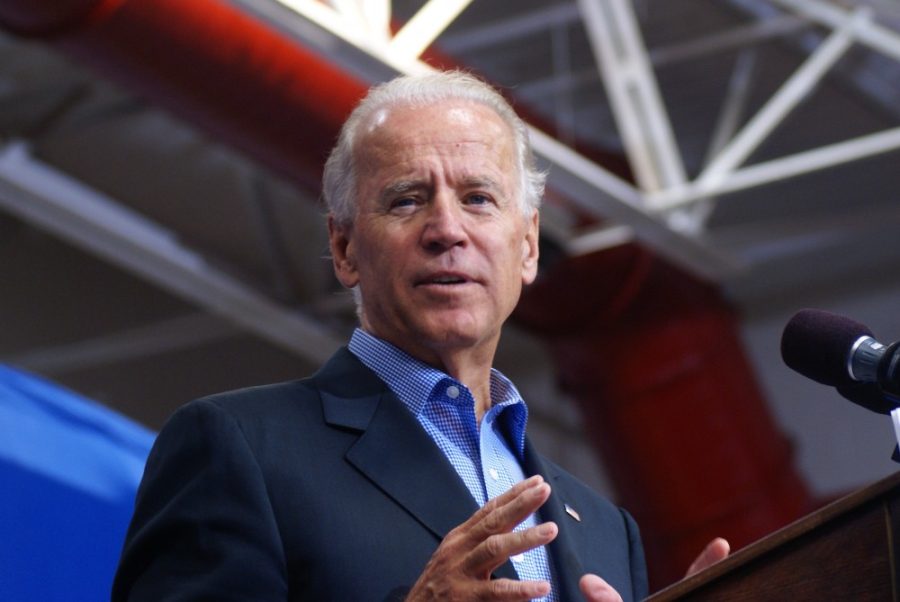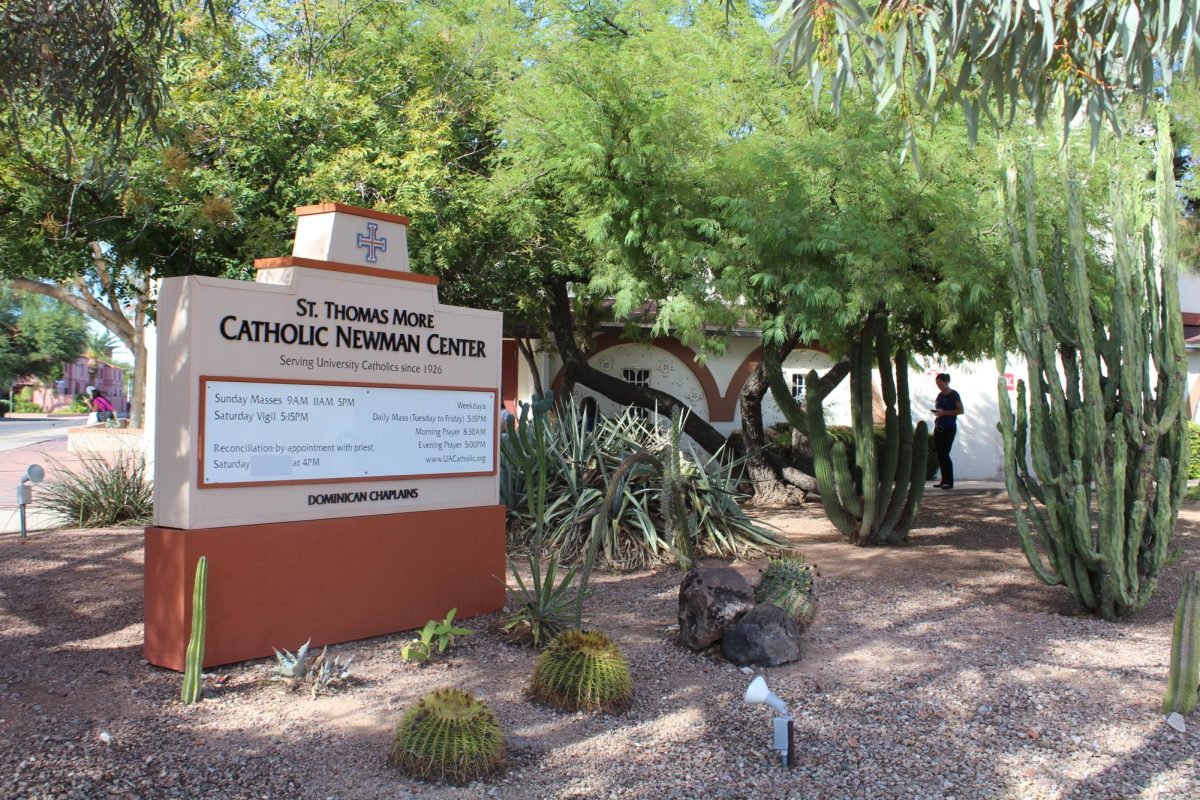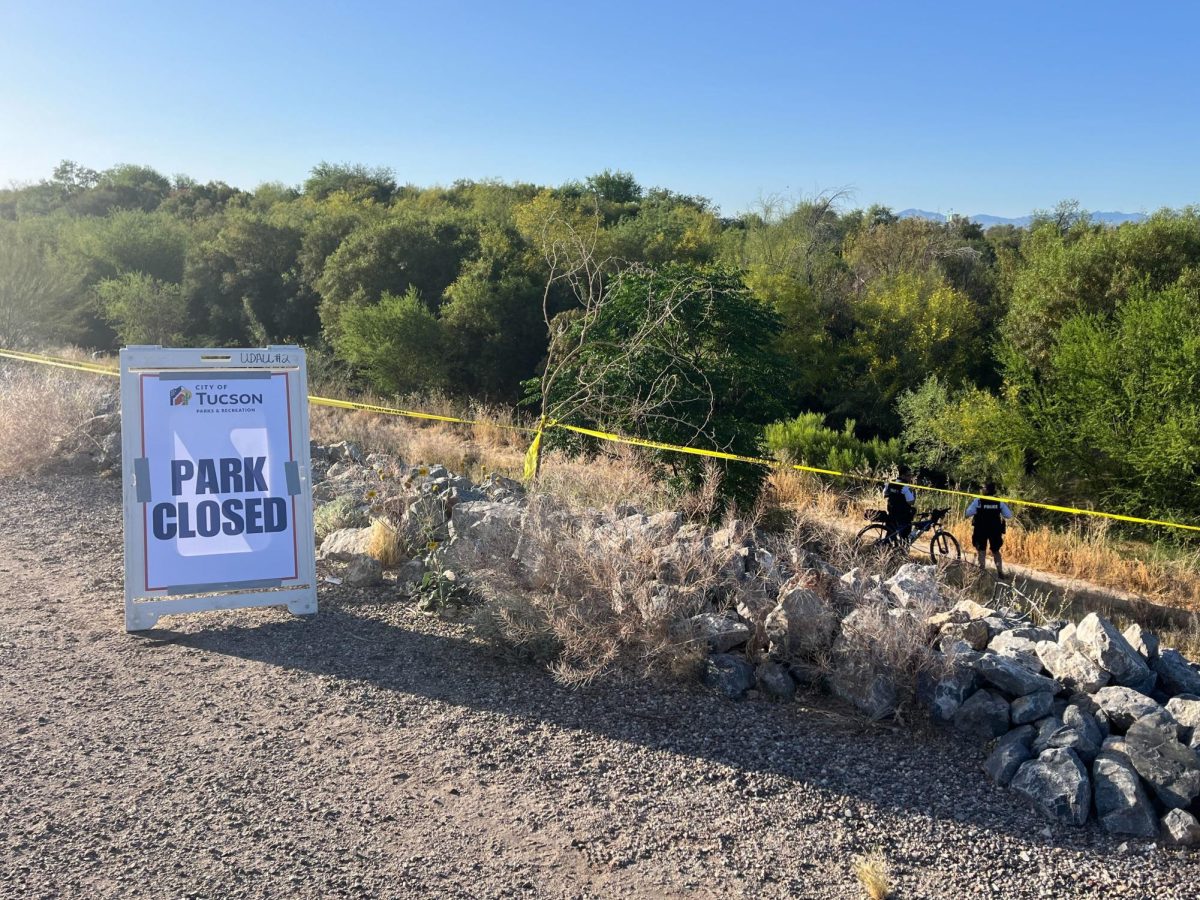A recent report published by the Goldwater Institute blames growth in university administrative ranks from 1993 to 2007 as a primary reason for growing higher education costs in the United States.
The report drew its conclusions from statistics compiled by the Integrated Postsecondary Education Data System, which is sponsored by the U.S. Department of Education.
According to the report the number of administrative positions nationally grew by 39 percent per 100 students from 1993 to 2007 compared to a 15 percent increase in overall student enrollment and an 18 percent growth in teaching, research, and service positions over the same time span.
The report also claims that average university administrative costs increased by 61 percent on a per student basis over the report’s sample, far outpacing the 39 percent increase in student spending over the same period.
“”What we were looking into was what have the universities done with all this money, what have they prioritized in terms of spending and hiring,”” said Matt Ladner, vice president for research at the Goldwater Institute. “”And the results we have are that they have prioritized administration and administrative positions much higher than they have teaching.””
Arizona university officials, however, remain unconvinced. Arizona State University officials Sharon Keeler, director of media relations in the marketing and strategic communication department, and Terri Shafer, associate vice president of marketing and strategic communications, released a statement criticizing the report the same day it was published.
“”The Goldwater Institute report … is seriously flawed at all levels, from the source of its data and the methodology that was used to the conclusions that it claims to have reached,”” the statement said.
UA President Robert Shelton agreed.
“”The fundamental problem with the (Goldwater Institute) study and why it carries no credibility is in their manipulation of the data,”” Shelton said. “”They put numerous categories of employees at the UA into the ‘administrator’ classification that simply are not in administrative positions.””
Shelton went on to say that all UA faculty working on research projects were counted as administrators in the report.
“”It appears that they wanted a conclusion and manipulated the data to reach it,”” Shelton stated.
Ladner, however, rebuffs that point.
“”The bottom line is that whatever label you want to give people is that these are not people who are involved in direct educational processes at the university,”” Ladner said. “”Anything else is a purely semantical argument.””
UA Director of External Communications Jennifer Fitzenberger also released a statement which echoed many of ASU’s sentiments on the report.
“”Over the past decade, student enrollment (FTE) at the University of Arizona is up 18 percent,”” Fitzenberger wrote. “”Research funding is up more than 58 percent. And over that time, the percentage of UA employees who are administrators is nearly unchanged.””
Fitzenberger also cited the UA’s lower per degree costs, which were 20 percent lower than the average of the UA’s peer institutions. These peers, which are determined by the Arizona Board of Regents, include the University of California, Los Angeles, Ohio State University, and the University of Texas, among many others.
“”Interest in the UA is at an all-time high. Enrollment at the UA is at an all-time high. Support of the UA’s research mission – as evidenced by funding of grant proposals – is at an all-time high,”” Fitzenberger wrote. “”State funding reductions also are approaching all-time highs. And the university is becoming more efficient by serving more students and conducting new research that improves the human condition, all while maintaining the same level of administrative personnel.””
The Goldwater Institute, however, stands by its research.
“”The report is just fine as it is,”” Ladner said. “”It couldn’t be straightforward there’s nothing I would change.””
Goldwater Report:
• UA administrative spending per student increased 28.8 percent from 1993 to 2007
• In 2007 there were 13.3 administrators per 100 students, and 25.7 total full-time employees per 100 students
• Total UA spending per student in 2007 was $30,965, compared to $18,323 at ASU and $14,401 at NAU
• Jay P. Greene, University of Arkansas Endowed Chair and Head of the Department of Education Reform (wrote the report)
UA:
• Full-time student enrollment at the University of Arizona is up 18 percent over the past decade. Research funding is up more than 58 percent during that same time
• The percentage of UA employees who are administrators is nearly unchanged.
• The number of administrators per 100 students from fiscal year 2000 to 2010 also is nearly unchanged (.36 in fiscal year 2000 and .37 in fiscal year 2010)
• The UA’s total spending per degree in fiscal year 2008 was 20 percent less than the average of the institutions identified by Arizona Board of Regents as the UA’s peers. In 2009, the cost per degree dropped by and additional 3 percent.
— Source: Jennifer Fitzenberger,
UA Director of External Communications








